15 Biggest Apple Fails of All Time
The HomePod launch has been rough for Apple, but it's not the only time the company has stumbled. Here's a look back at some of the biggest missteps in Apple history.
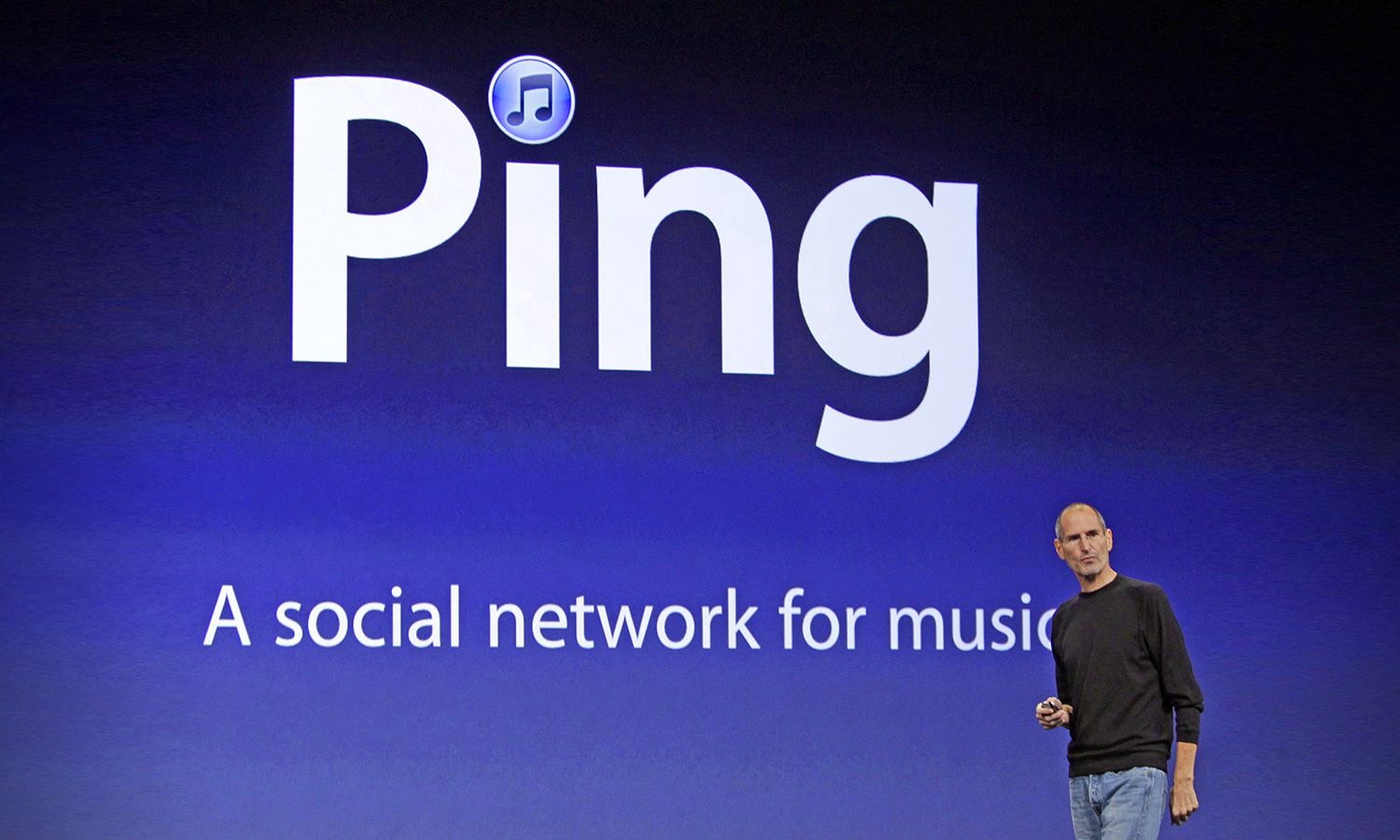
A Look Back at Some of the Biggest Missteps in Apple History
Even though it hasn't even been a month since the release of Apple's HomePod, it's safe to say that this is not the launch that Apple intended. From the less-than-enthusiastic reviews to the rings the home speaker leaves behind, this latest Apple product hasn't really made a strong first impression. It's still possible for Apple to improve some of the HomePod's flaws, like Siri limitations and Apple Music lock-in, via updates, but the missteps at launch are going to linger for some time.
Still, the HomePod launch isn't the first time Apple has stumbled. Go back through Apple's four-decade history, and you'll find multiple instances of poor execution, unforced errors and this-seemed-like-a-good-idea-at-the-time moments. Here's a look back at some of the worst fails in Apple's history.
Credit: David Paul Morris/Bloomberg/Getty
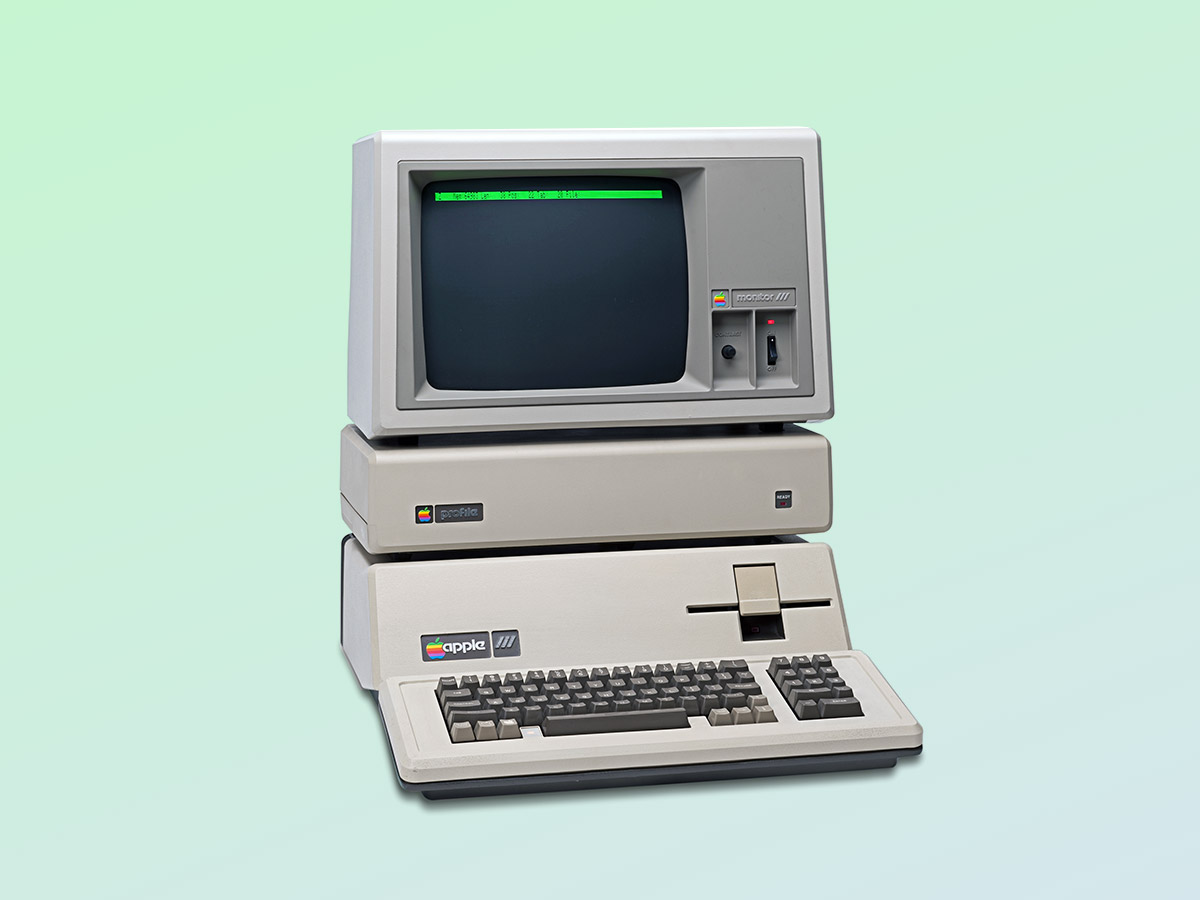
Apple III (1980)
The Apple III, possibly the company's first real failure, was plagued by hardware issues that included faulty circuit boards and heating issues. At one point, Apple instructed users to lift and drop their computers about 6 inches to reseat chips coming out of the circuit board. This was way before the advent of the Genius Bar. Things got so bad that Apple recalled every existing machine on the market (about 14,000 units at the time). The company reintroduced the machine with new parts a year later. — Andrew E. Freedman
Credit: Mark Madeo/Future Publishing/Getty
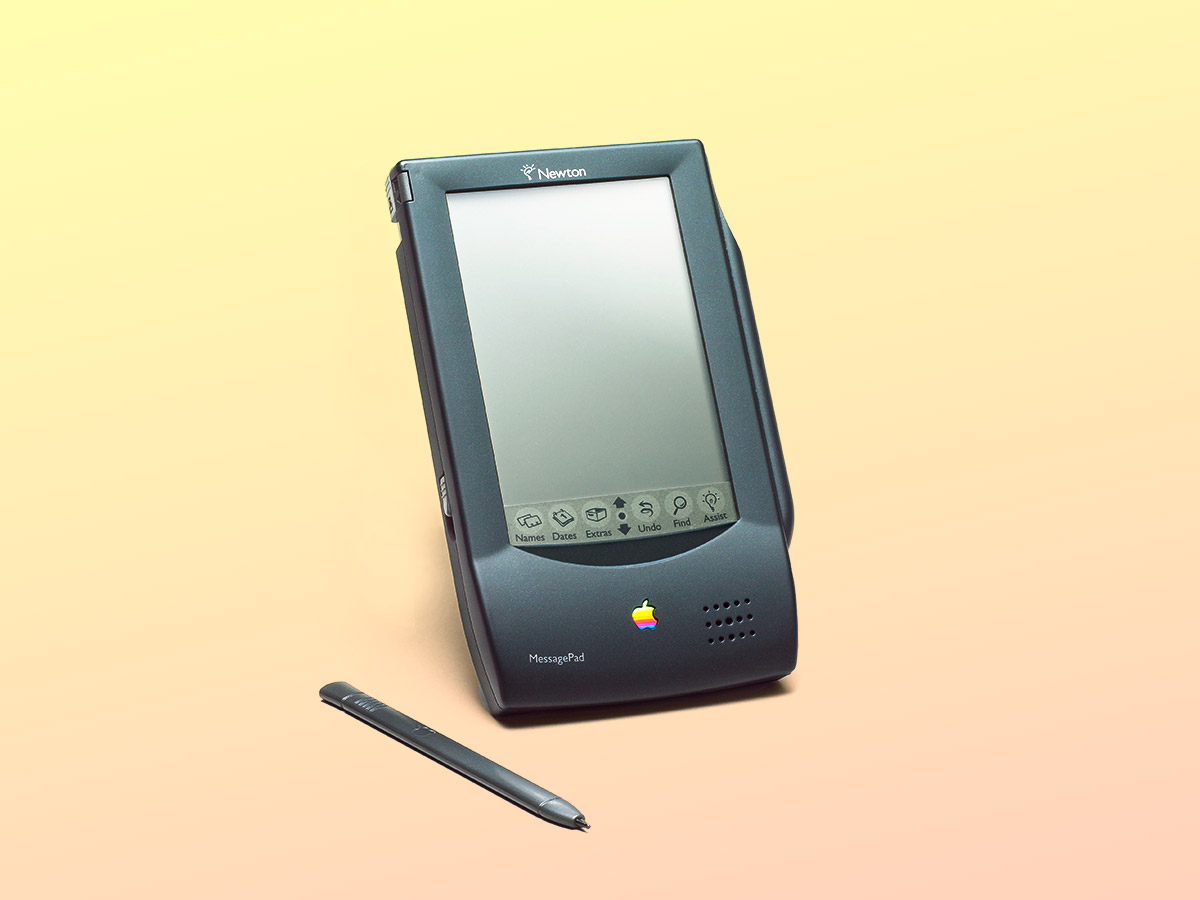
Newton MessagePad (1993-1998)
Call this one a noble failure. Apple's Newton PDA was certainly innovative when it debuted in 1993, but it was also pretty expensive, at $700, and its marquee feature — handwriting recognition — just didn't work in early iterations. When your product gets roasted on the Simpsons and in a week's worth of Doonesbury comics, you know that something's gone horribly wrong. Steve Jobs certainly realized it when he returned to Apple in the late '90s, killing the Newton to focus on Apple's core Mac business and devoting the company's mobile device efforts to phones and tablets that would eventually pan out. — Philip Michaels
Credit: SSPL/Getty
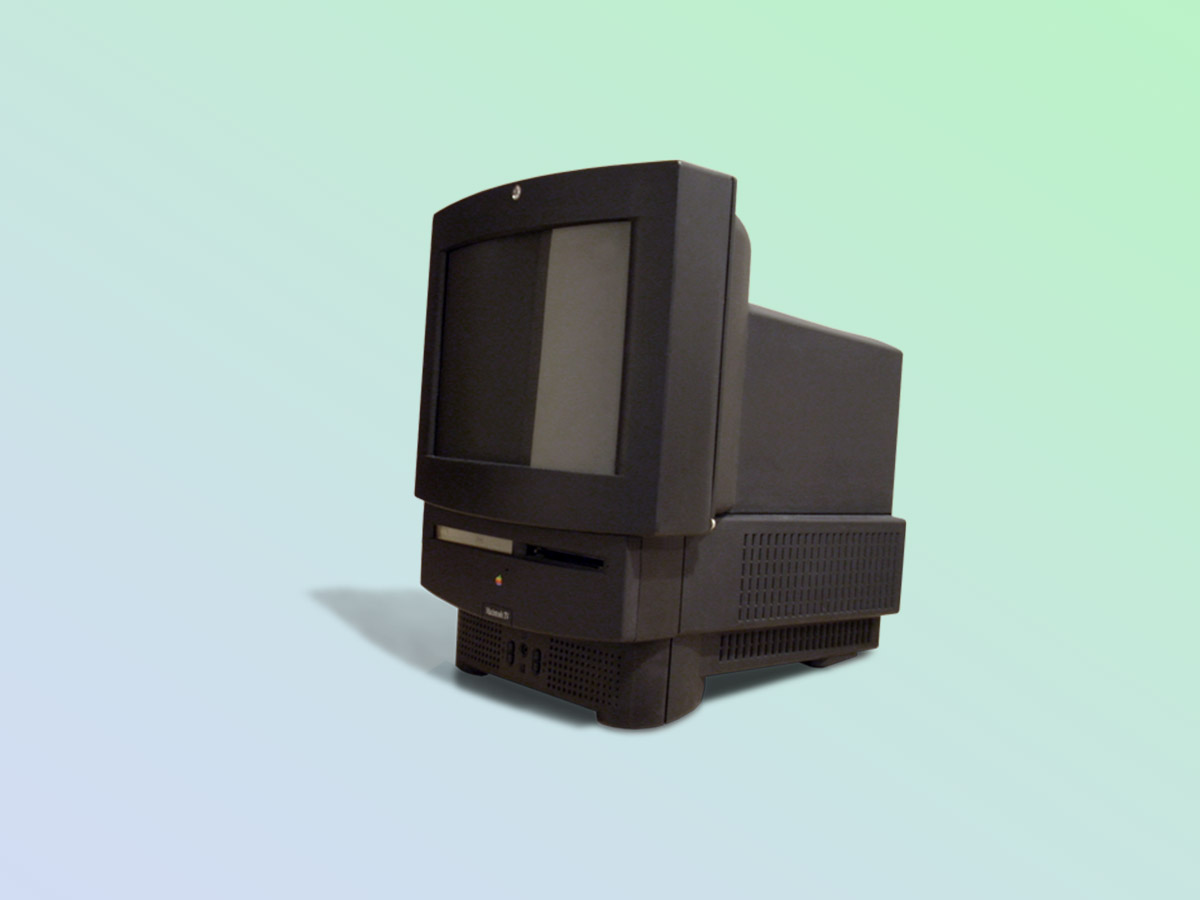
Macintosh TV (1993)
"Apple should use its expertise to build a TV!" some analyst usually decree when talking about potential opportunities for the company. "No, Apple should not," counters anyone with any memory of the Macintosh TV, the product of a shotgun wedding between a Mac and a CRT TV set where neither member of the happy couple really wanted to be with the other.
This 1993 release added a cable-ready TV tuner card to a Macintosh LC 520, letting you turn your Mac into a television set. But you couldn't watch TV and work simultaneously, nor could you capture any incoming video; expandability options were about as limited as the character development on a daytime soap opera. The Macintosh TV remains a painful reminder that cable-ready doesn't necessarily mean ready for prime time. — Philip Michaels
Credit: Ben Boldt
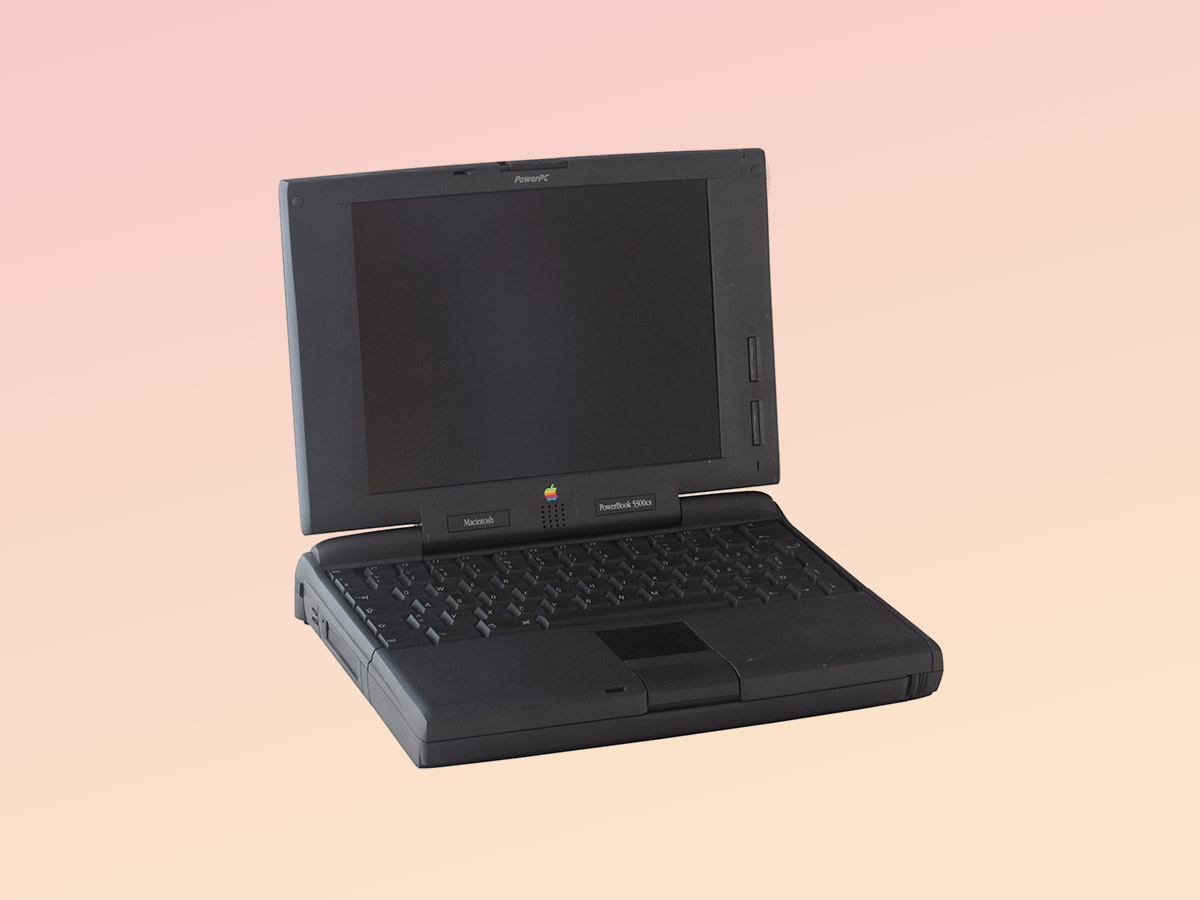
PowerBook 5300 (1995)
You think the current MacBook Pro's keyboard is troublesome? In 1995 — decades before the FAA sent Samsung notes about the Note 7 — Apple shipped the PowerBook 5300 with exploding (Sony-made) batteries. That forced a product recall while earning Apple's laptop the "Hindenbook" nickname. This wasn't the 5300's only issue, though, as customers opened D.O.A. units, and other models arrived cracked. Oh, and its expansion bay — yes, Apple used to ship laptops with easily interchangeable parts — couldn't fit the optical drive the company made for it. — Henry T. Casey
Credit: Apple
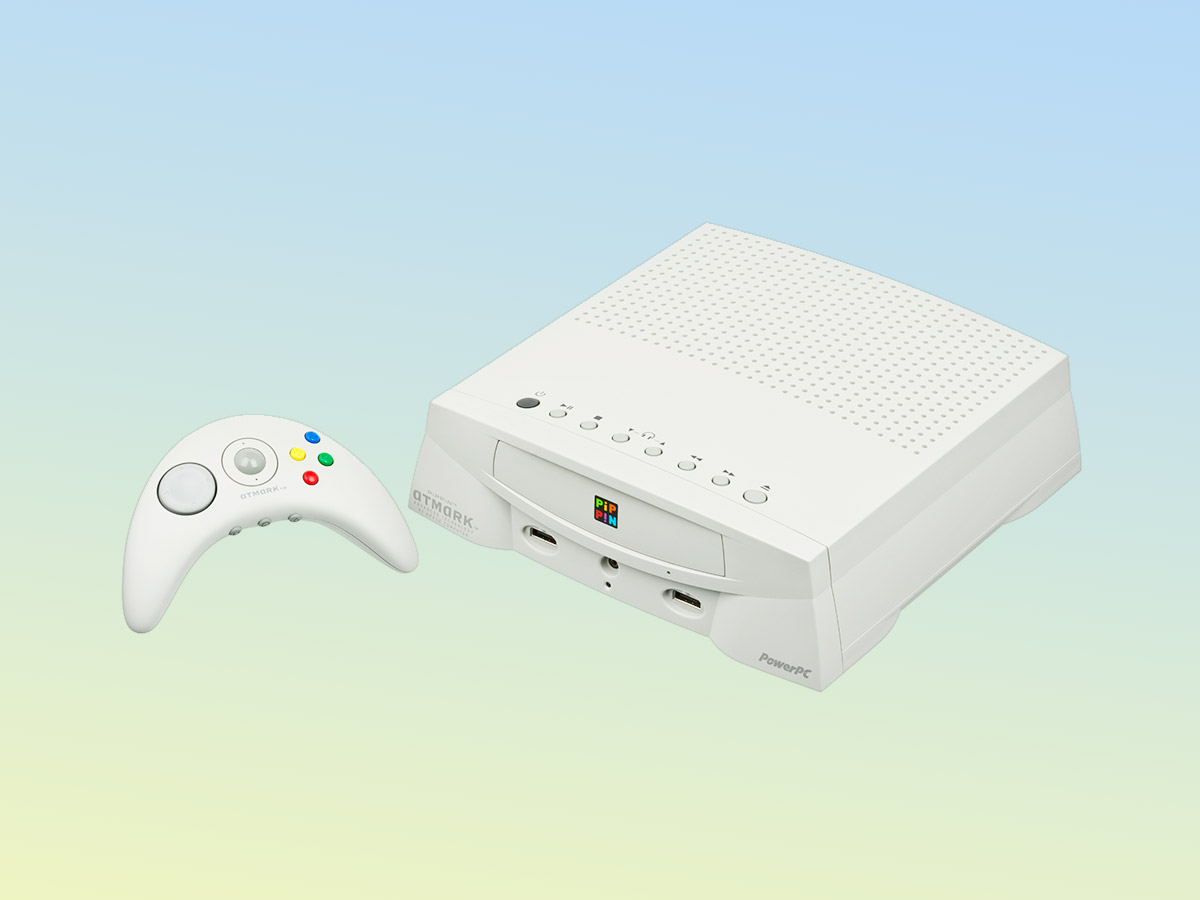
Pippin (1996)
The advent of CD-ROM as a multimedia standard produced a litany of long-forgotten video game consoles in the mid-'90s, including Apple's Pippin. Co-developed with Bandai, which initially sought out Apple to produce a low-cost Mac designed for gaming, the Pippin somehow mutated into a $600 PlayStation alternative that also had aspirations of being an internet-connected set-top box by the time it was released in June 1996.
The Pippin was intended to be the start of a platform, with Apple licensing the hardware and software to other electronics-makers so they could produce their own Pippins. That dream was dashed almost immediately, and after shipping a total of just 12,000 units in the U.S. by some estimates, Apple mercifully put Pippin out of its misery when Jobs rejoined the company 15 months later. — Adam Ismail
Credit: Evan Amos
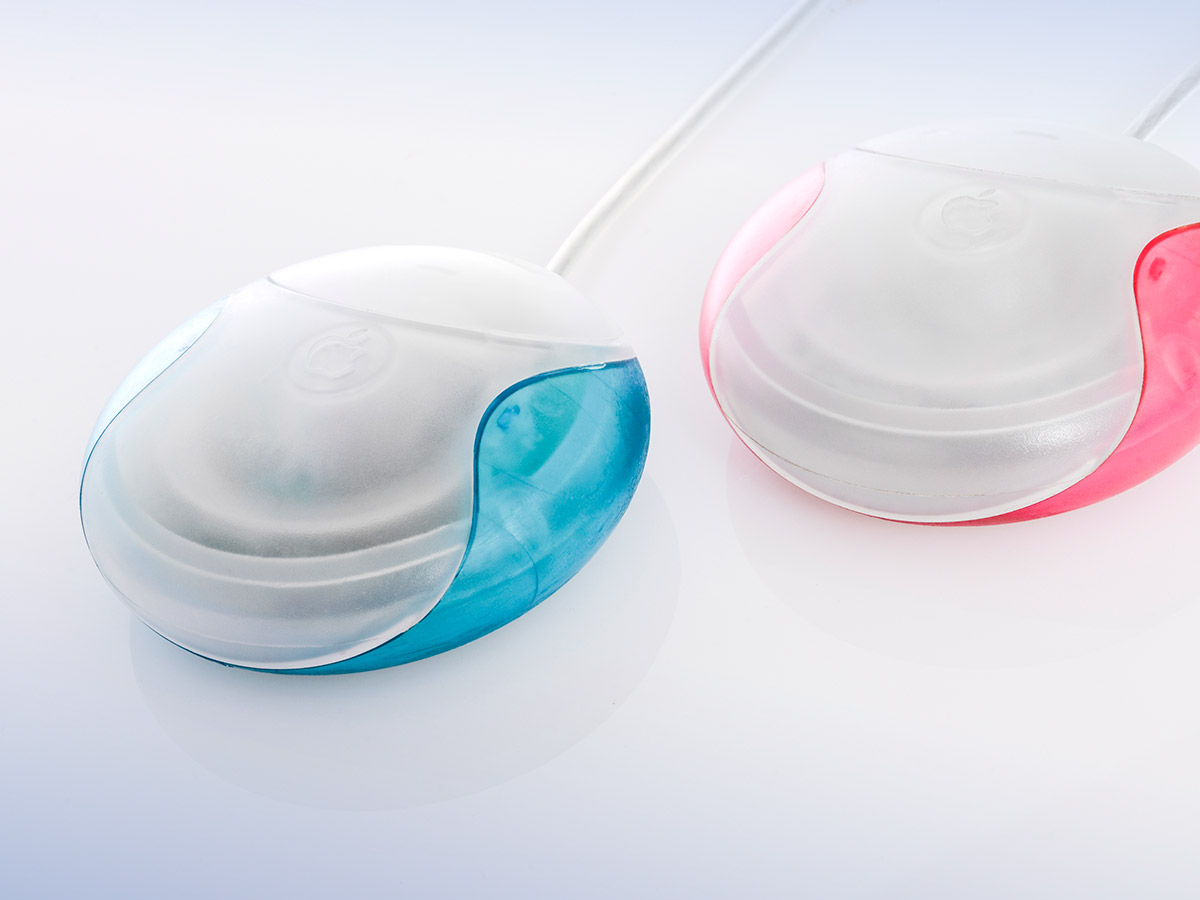
Hockey-puck mouse (1998)
Remember how the original iMac was a perfect combination of style and functionality? The "hockey-puck" mouse — officially, the Apple USB Mouse — that accompanied Apple's landmark all-in-one is what happens when style and functionality have a brutal falling out and are reduced to speaking to each other only through their respective legal teams.
An ergonomic nightmare that was as difficult to grasp as it was to orient, the hockey-puck mouse deserved to be on the receiving end of a blistering Mark Messier slapshot. Thankfully, two years later, Apple replaced it with something that wasn't designed by a committee of sadists. — Philip Michaels
Credit: iCreate Magazine/Getty
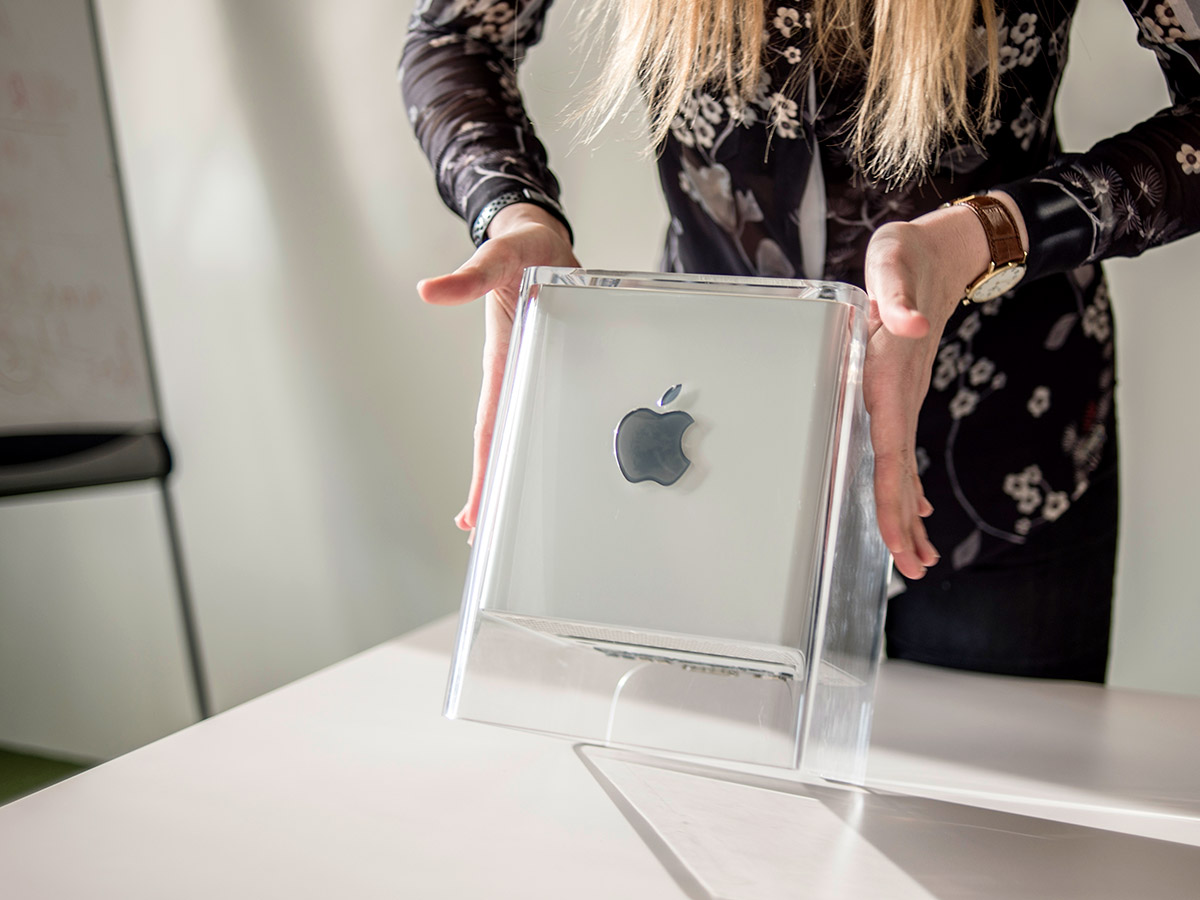
G4 Cube (2000)
When you're selling a computer whose primary appeal is its striking appearance, you'd better make sure that appearance isn't marred the second you take it out of the box. But that's what happened with the G4 Cube, a compact desktop computer that looked like it was floating on top of a square pedestal. That's the good news about the Cube's looks; the bad news was that visible cracks appeared on the corners and top of the Cube's case.
Apple dismissed these as mold lines that occurred naturally from the manufacturing process, but try telling that to people who paid $1,799 for a computer whose looks were supposed to be as flawless as its performance. The Cube had other issues — it wasn't very upgradable, and it tried to court a midrange market that really didn't exist — but it was those cracks that likely played the biggest roles in its sinking sales. — Philip Michaels
Credit: Oleksandr Rupeta/NurPhoto/Getty
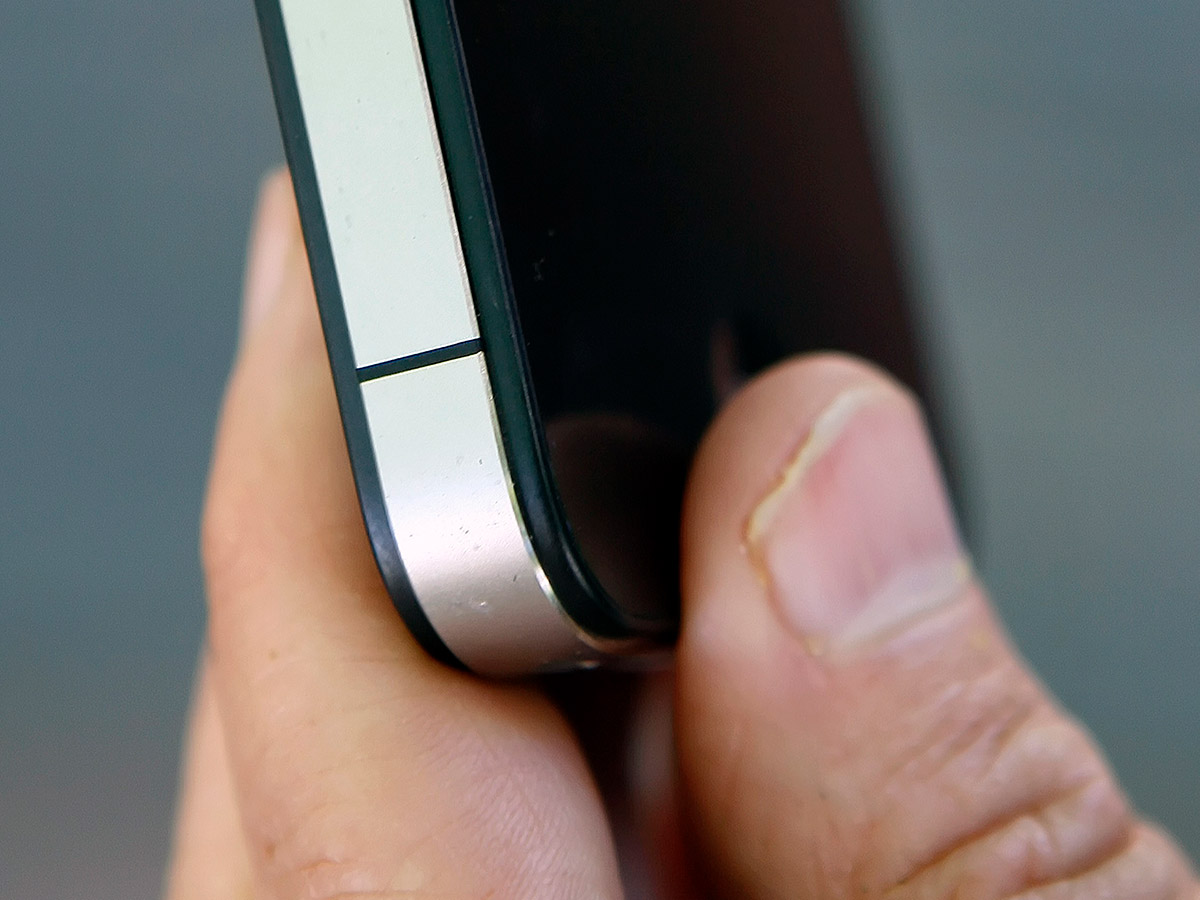
iPhone 4 "antennagate" (2010)
When Apple released the iPhone 4 in 2010, the device became known for more than its streamlined redesign. Buyers immediately noticed that their new iPhones dropped calls when held in a certain way. The fresh look included an antenna embedded in a stainless-steel band built into the device's frame, and the signal from that antenna was easily blocked by a user's hand.
Apple's initial response to a flurry of early complaints was boiled down to advice along the lines of, "You're holding it wrong." That didn't go over well, so three weeks later, Apple began offering iPhone 4 buyers free bumpers to place on their phones. Jobs apologized for the product's imperfections. — Caitlin McGarry
Credit: George Frey/Bloomberg/Getty
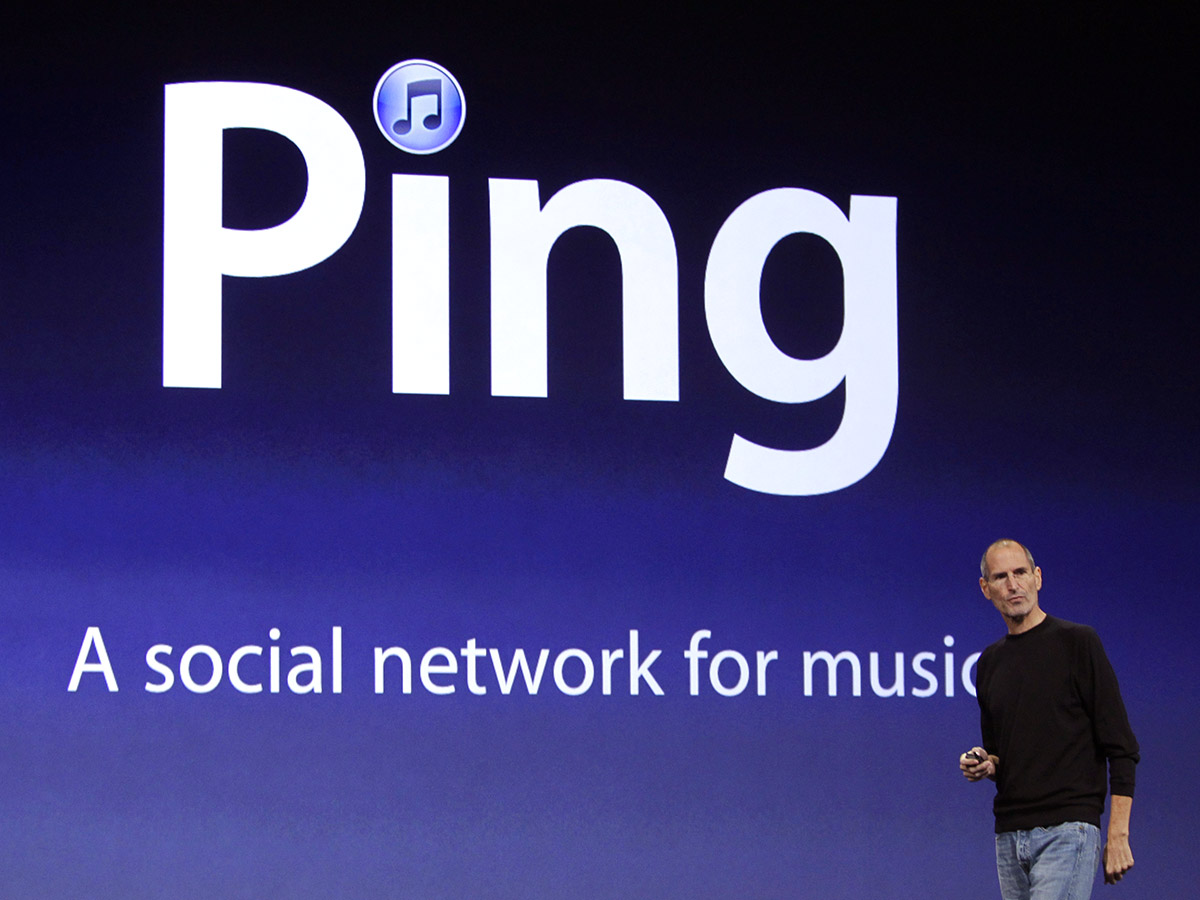
Ping (2010)
Apple CEO Tim Cook generally doesn't have a lot of positive things to say about social media — he told The Guardian that he doesn't want his nephew on social media, for example — but maybe he's still feeling burned by one of Apple's attempts to build a social network. The company launched Ping with much fanfare in 2010 as a way of sharing your music tastes and discovering new tunes in the process.
Unfortunately, Apple limited what you could share to just song snippets, and finding people to follow proved especially burdensome after the service arrived without Facebook integration. (Jobs groused at the time that Zuckerberg & Co. were demanding "onerous terms" to let Apple link up Ping.) Ping shut down in 2012, marking a sour note in Apple's ongoing efforts to dominate the music space. — Philip Michaels
Credit: Paul Sakuma/AP/Rex/Shutterstock
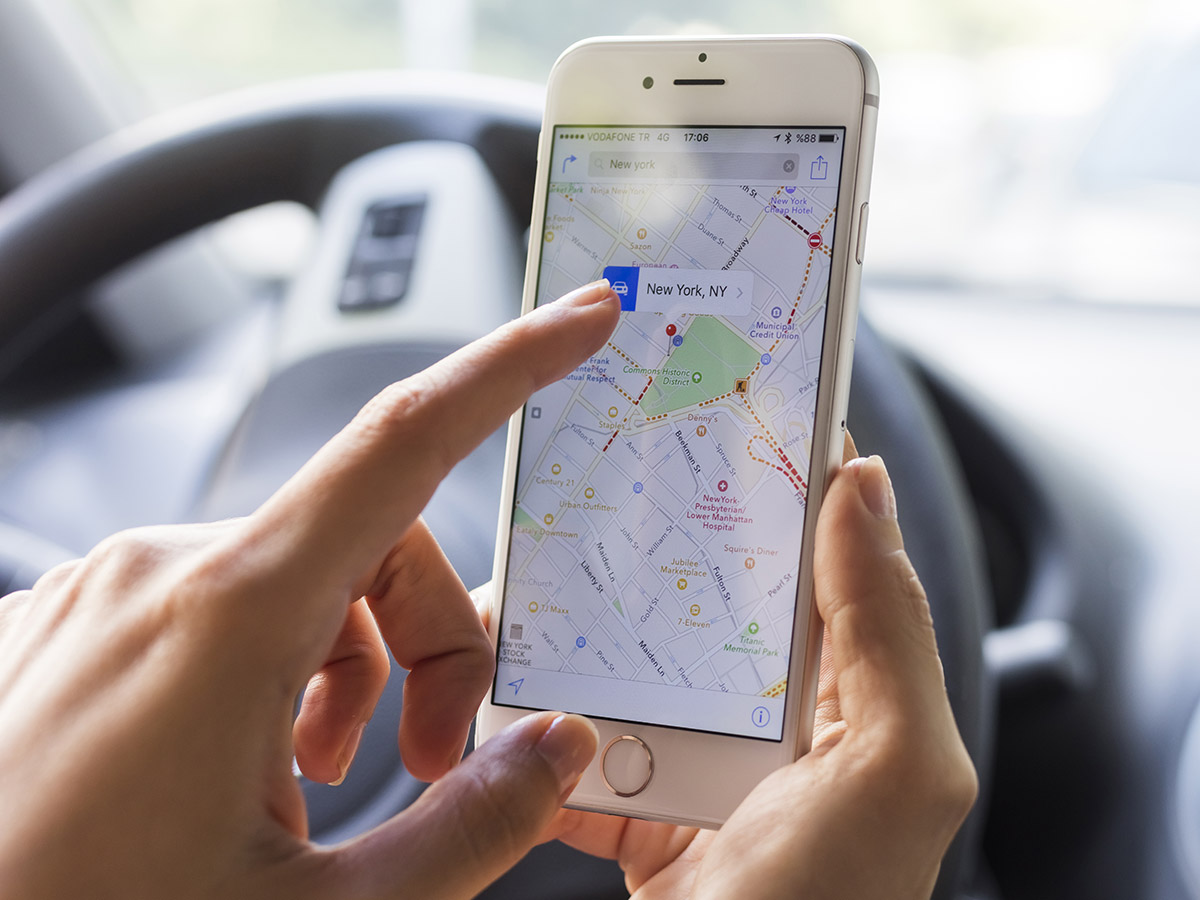
Apple Maps in iOS 6 (2012)
When Apple decided to go its own way with mapping software, replacing the perfectly fine Google Maps with its own natively designed Maps app in 2012's iOS 6 release, it was a disaster. Apple's own mapping system proved to be far worse than the one Google had developed over the years, and it led users to wrong destinations in several high-profile instances. (Pity that poor farm in Ireland that Maps decided was an airport.)
Apple issued an apology for the Maps kerfuffle and then ushered iOS Chief Scott Forstall out the door, reportedly because he refused to sign on to the apology. Apple eventually smoothed out the kinks in Maps, and it's now a widely used app. But it took the company years to recover from the early embarrassment. —Caitlin McGarry
Credit: Shutterstock
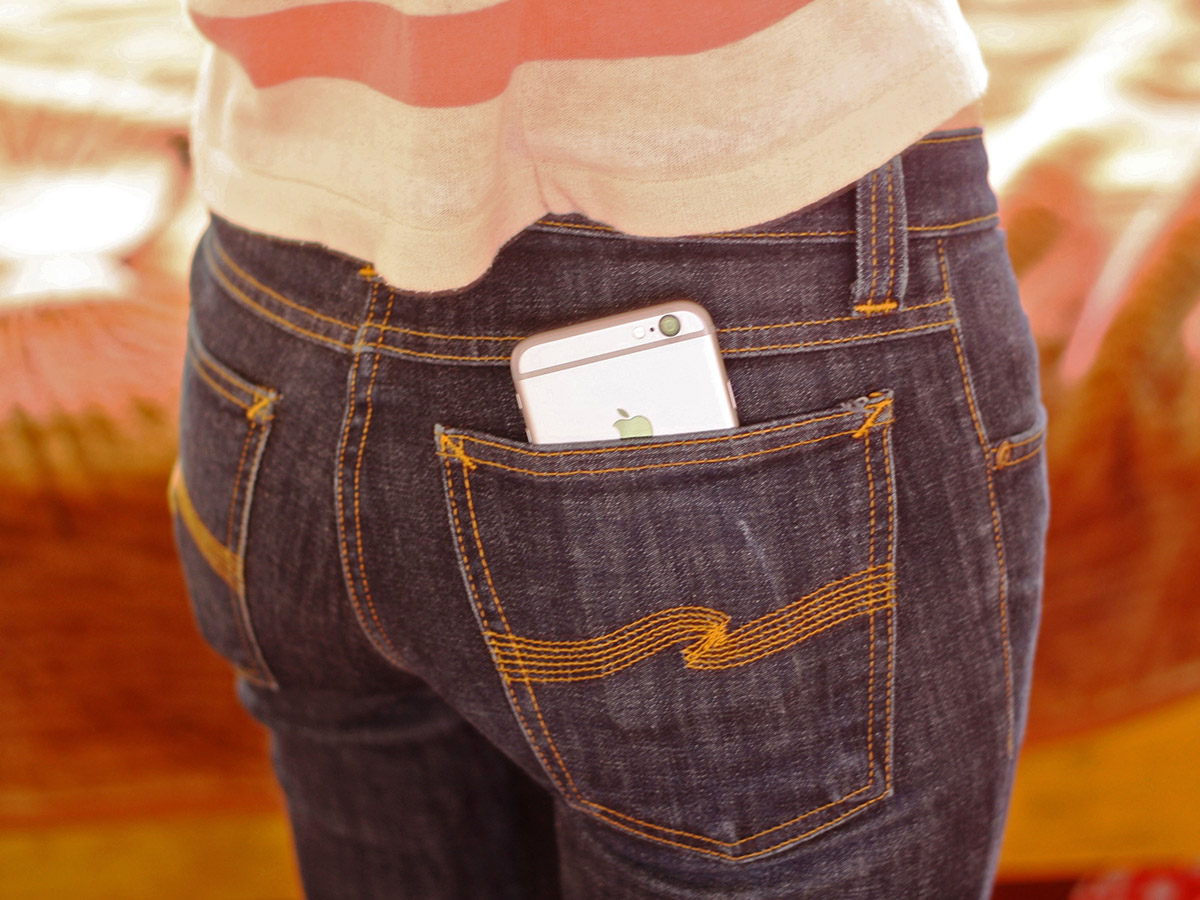
iPhone 6 "bendgate" (2014)
The iPhone 6 and 6 Plus were a departure for Apple: Instead of releasing one phone, the company launched two, and both were larger than previous generations. But some buyers claimed that the frames of the bigger phones bent when they were tucked into a pocket when the user was sitting down, due to the devices' thinner aluminum frames.
Tests conducted by Consumer Reports and SquareTrade found that it took a significant amount of force to bend the phones. Still, Apple offered buyers free replacements if Genius Bar workers determined that a phone had bent from normal use and not, say, trying to deform it for YouTube views. Apple beefed up the iPhone 6s and 6s Plus frames to prevent future complaints. — Caitlin McGarry
Credit: Moment Editorial/Getty
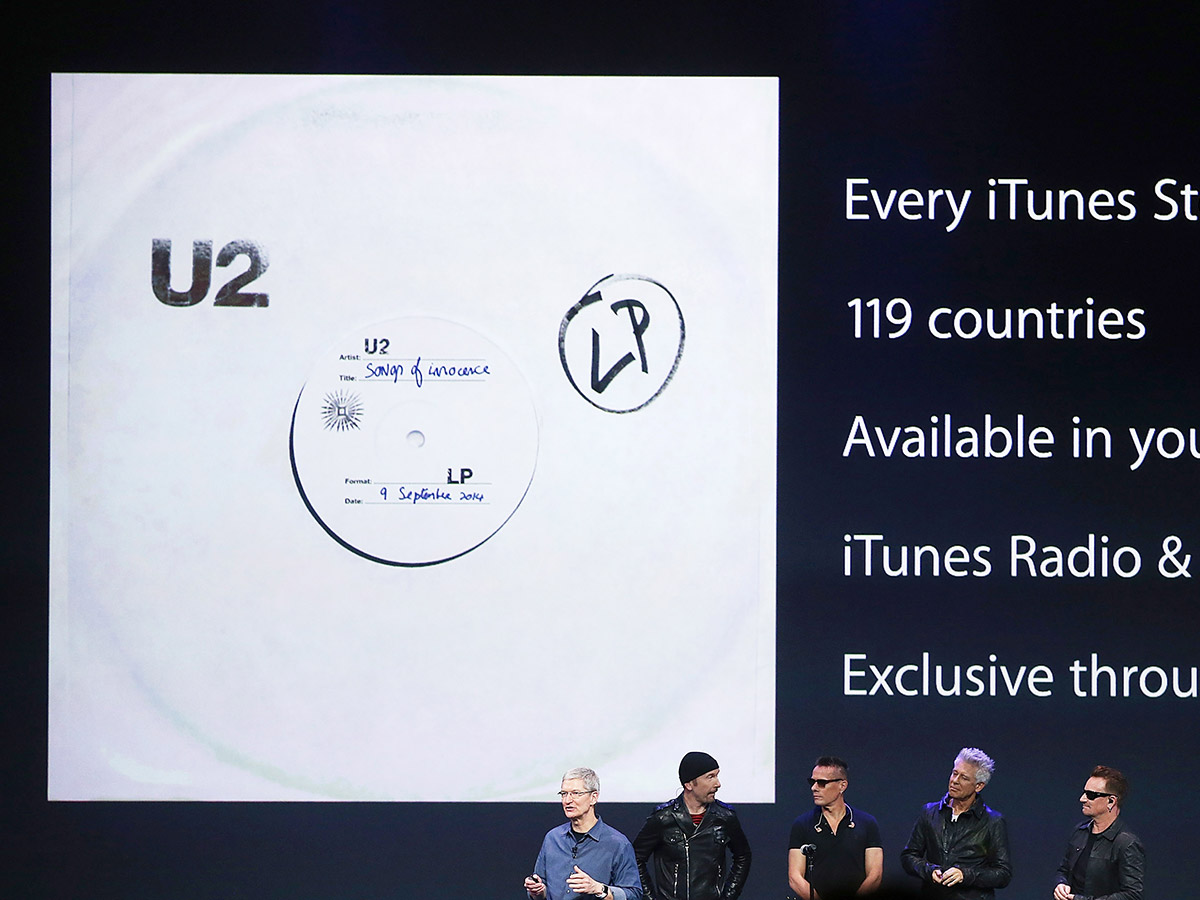
Mandatory U2 albums for everyone (2014)
Giving out a surprise U2 album shouldn't have been a disaster, but that's the risk you take when you force someone to accept the album even when they don't want it. Forcibly adding "Songs of Innocence" to all 500 million iTunes account libraries made it look as if Apple had little concern for its customers' tastes and preferences. It also forced iPhone users to think twice about enabling automatic downloads and giving cellular-data access to the iTunes Store. Making matters worse, U2's album was just not that good, with a barely passing Metacritic score of 64 out of 100. Couldn't you just have given us The Joshua Tree instead? — Henry T. Casey
Credit: Justin Sullivan/Getty
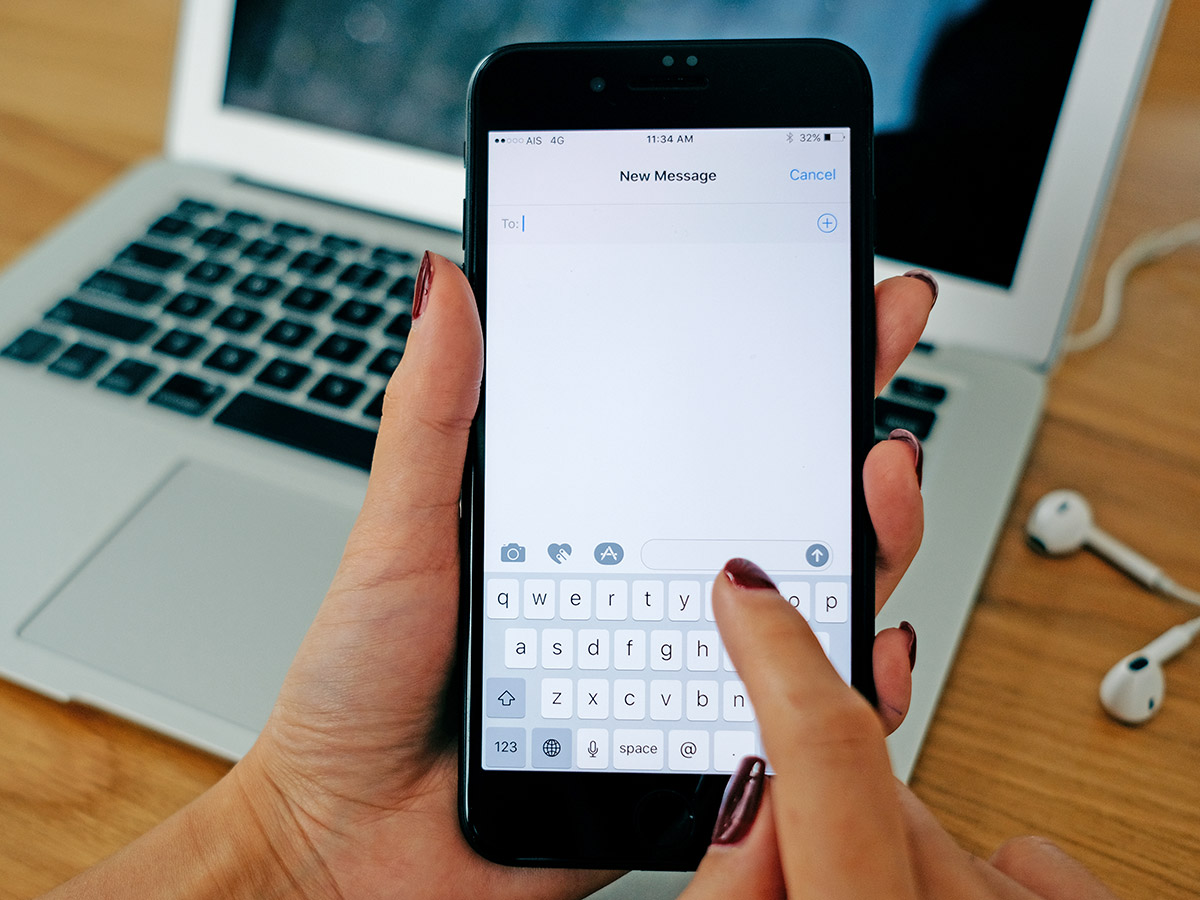
iOS 11 can't type the letter "i" (2017)
Just for a moment, [?]mag[?]ne [?]f th[?] sentence was wr[?]tten before Apple had a chance to fix a major bug [?]n [?]OS 11. That would be pretty annoying, wouldn't [?]t?
But that's exactly the problem iOS 11 users faced before Apple rolled out a software update last November fixing a bug that turned their tweets and texts into nonsensical rantings laden with typos. The bug converted the letter "i" into the letter "A" and an odd glyph that looked like a question mark inside a box. It didn't impact every user, but it showed up often enough to make us wonder whatever happened to quality control with Apple's iOS team. — Philip Michaels
Credit: Apple
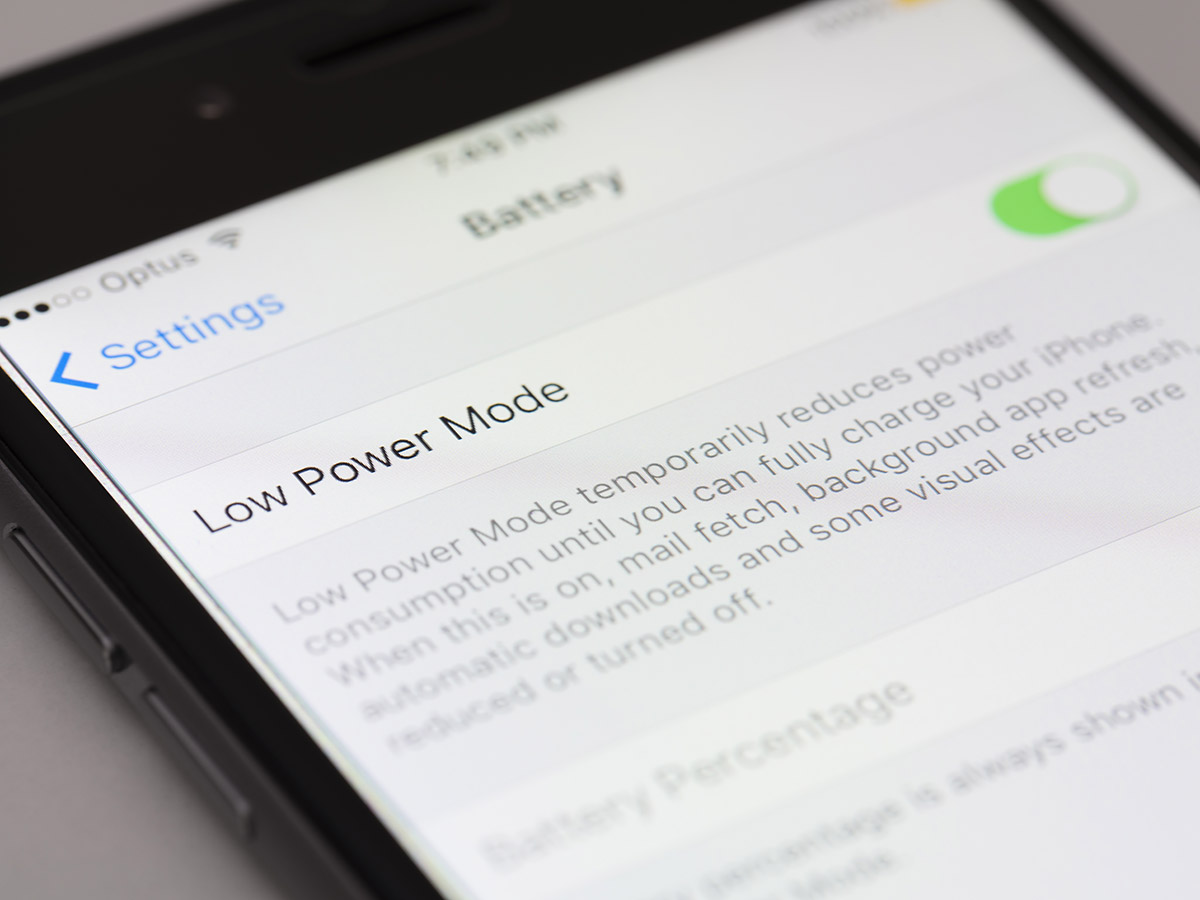
"Batterygate" (2017-2018)
In late 2017, complaints about slow performance in older iPhones came to a head when an iOS developer produced test results that confirmed that iOS updates were throttling those devices' CPUs. Apple confirmed that it was indeed managing performance to extend the battery life of older iPhones and prevent the devices from randomly shutting down. Users were furious. Apple's reasoning may have made sense, but the lack of transparency made it seem as though the company was slowing down phones to force users to upgrade.
Apple apologized for what it called a "misunderstanding" and began offering users with an iPhone 6 or later discounted $29 battery replacements. The company also introduced a battery-health feature in iOS 11.3 that allows users to disable throttling. — Caitlin McGarry
Credit: Shutterstock
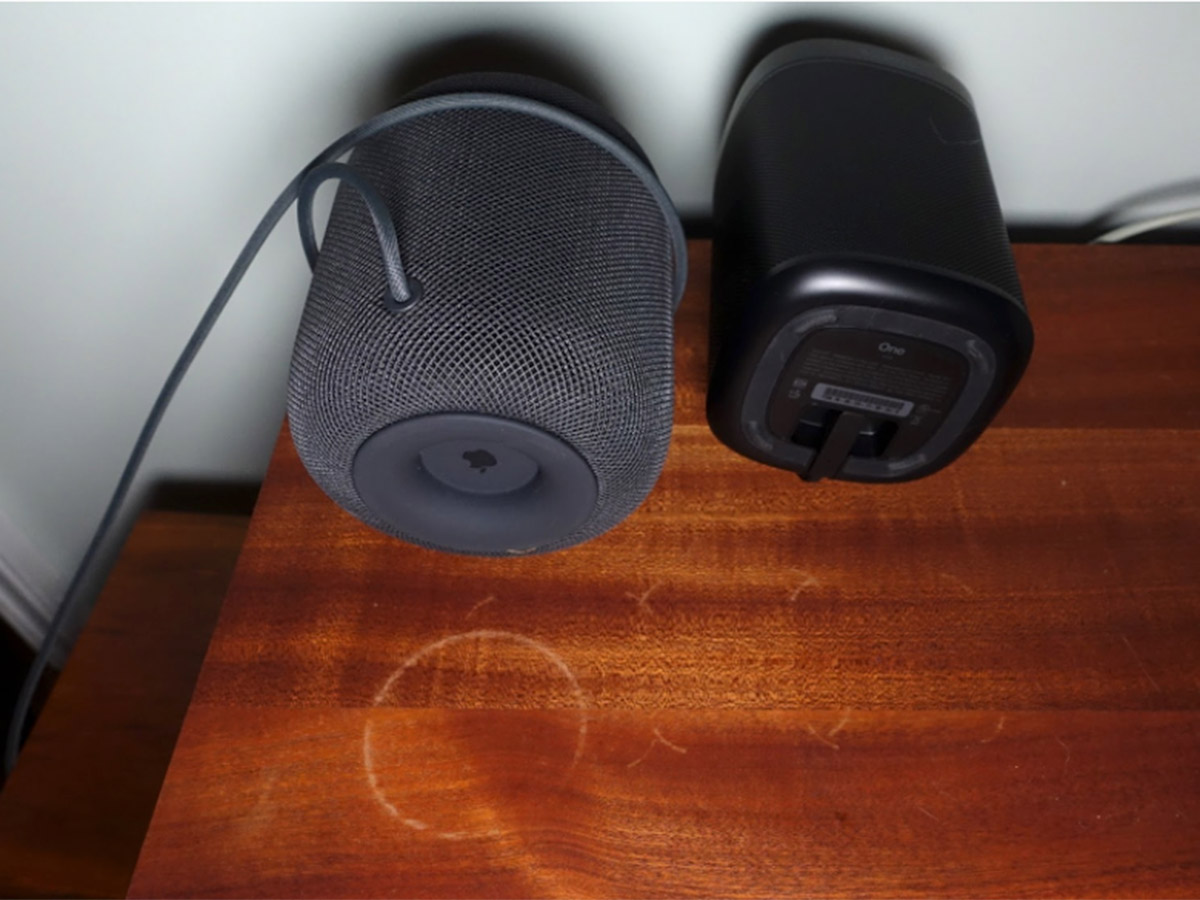
HomePod "Ringhazi" (2018)
I mean, look what it did to my furniture. —Mike Prospero
Credit: Tom's Guide

Tom's Guide upgrades your life by helping you decide what products to buy, finding the best deals and showing you how to get the most out of them and solving problems as they arise. Tom's Guide is here to help you accomplish your goals, find great products without the hassle, get the best deals, discover things others don’t want you to know and save time when problems arise. Visit the About Tom's Guide page for more information and to find out how we test products.
